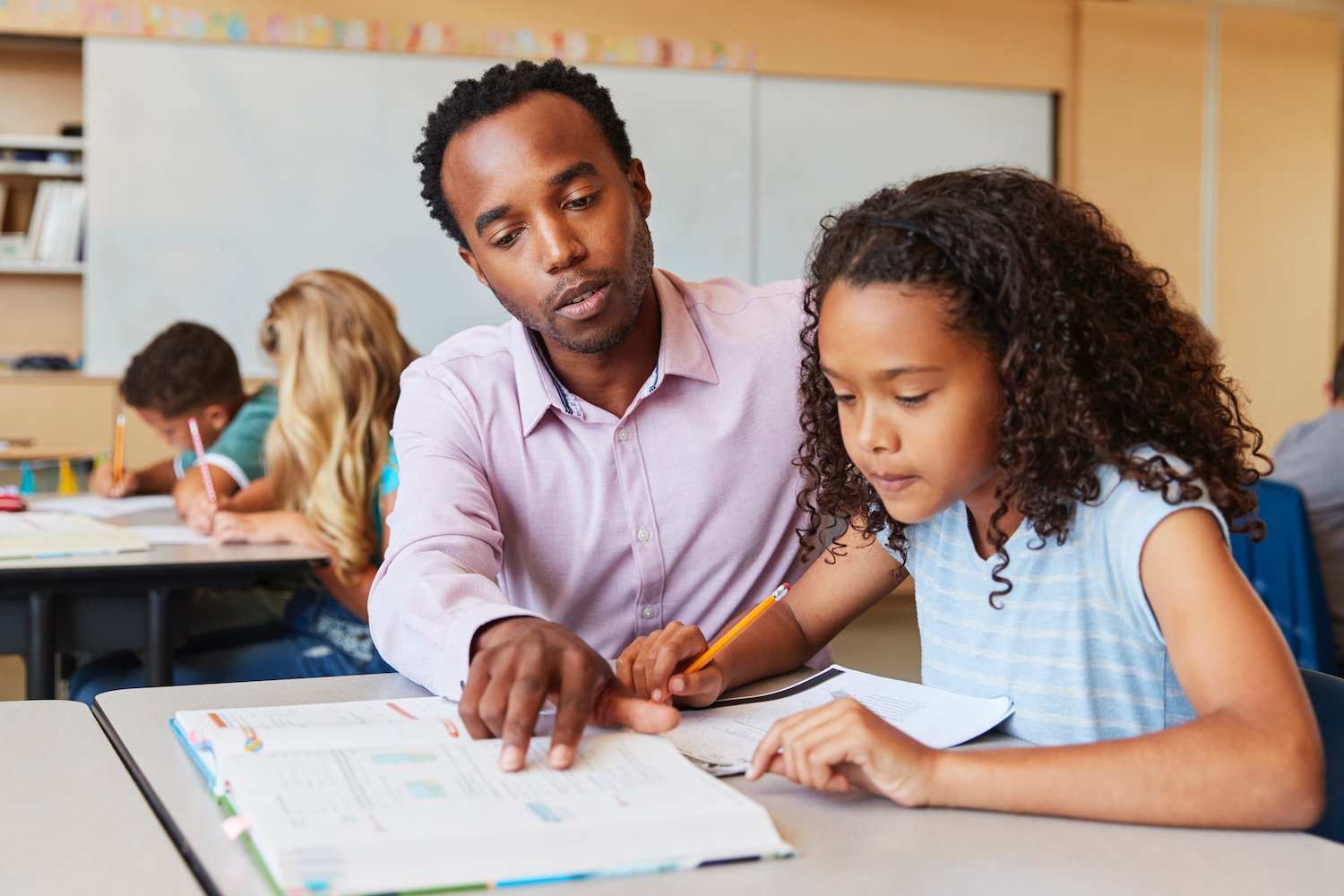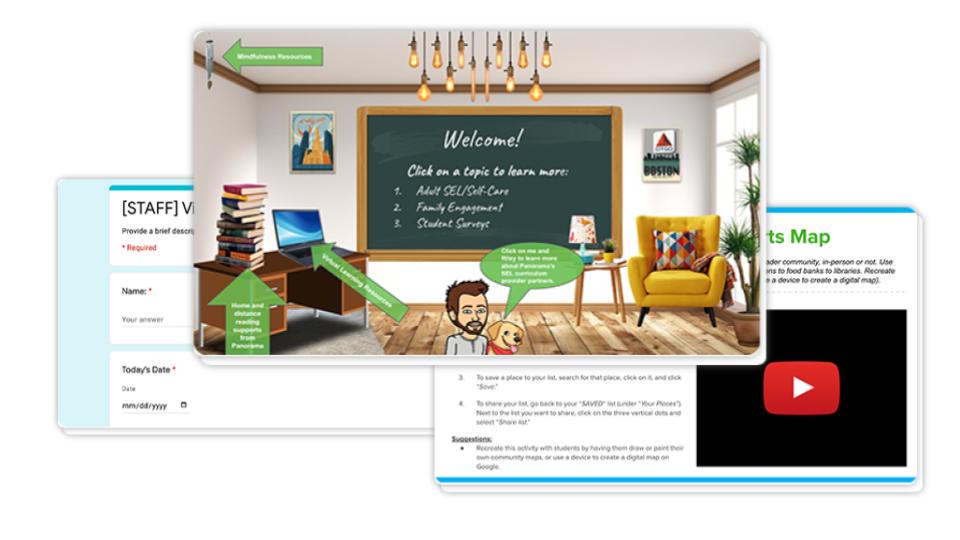In our work with districts during the shift to school closures this past spring, we heard from countless district leaders and school administrators about how challenging it was to promote connectedness and foster student engagement outside of the traditional classroom.
In the 2020-21 academic year, ensuring that students continue to develop critical life skills competencies in a socially distanced world will require the education community to rethink existing approaches to life skills and intentionally focus on both cultivating a sense of belonging and increasing student engagement.
Virtual learning resources for K-12 educators often focus on how to create academic lesson plans for online courses. However, amidst a pandemic and with online teaching still in place nationwide, we've heard from school districts that promoting belonging, connectedness, and life skills among students and families remains a challenge in a distance learning environment.
Families need to know that their children are partaking in engaging online classes that feature collaboration and active learning. Teachers need appropriate professional development, along with strategies and actionable resources to drive student engagement in online learning and better connect with caregivers.
At Panorama, we created a toolkit with high-quality, online learning resources focused on building student engagement, increasing educator well-being, and cultivating a sense of belonging with children and their families.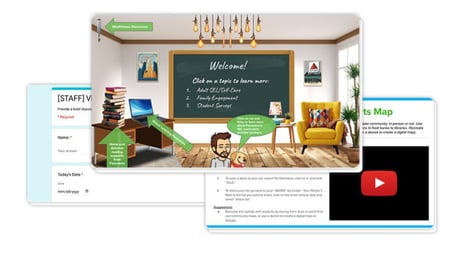
For district leaders, these low-lift activities and strategies are perfect for sharing with educators and staff to help them better connect with students, families, and peers in a remote learning environment or blended learning setting.
Grab the full resource pack now, or keep reading to get a quick description of each resource.
Download the templates and worksheets for all of these resources!
5 Resources for Building Student Engagement in Online Learning
Resource #1: The Guiding Mindsets of Online Communication and Collaboration
To build belonging and increase student engagement in online learning settings, it's important to be intentional about your communication style. The way we approach interactions with students (face-to-face or online) really matters.
Similarly, when using video conferencing tools or discussion forums to enable synchronous or asynchronous collaboration, be mindful of the potential impact of underlying factors on student learning. We've outlined a set of guiding mindsets for communicating and connecting with students virtually to optimize their learning experience:

- Asset-Based. Consider the strengths of your school community that already exist. Think about how to continue to grow these and meet the needs of stakeholders by improving these already positive assets within your school or district.
- Equity-Centered. Every decision that you make should be an equity-centered decision. How can we keep the needs of every student—especially those from our most vulnerable communities—at the center of our decision-making processes? Every online learner needs to have the opportunity to engage with rigorous course content and feel that they belong in their school community.
- Community-Driven. Consider the needs of the entire community. How can our district or school connect with community-serving organizations to meet the needs of families?
- Make Every Moment a Life Lesson Moment. Life skills learning, belonging, and connectedness should not be restricted to a 10-minute segment of the day. Instead, they should be viewed as underlying components of every interaction with students. Every student interaction—on Zoom or in the classroom in small groups—is a moment in which we are modeling life skills. How can we make every moment an life lesson moment?
Resource #2: Virtual Interactive "Bitmoji Classrooms"
Build a virtual classroom space—featuring your Bitmoji!—for students and caregivers to interact with assignments, resources, and online games. Or, create a virtual resource hub specifically for staff that includes affirmations, audio-guided mindfulness practices, and other self-care resources.
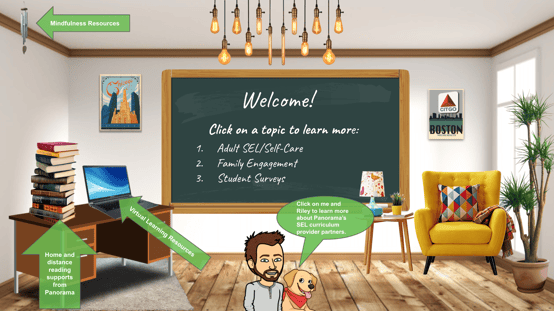 Template via Teachers Pay Teachers
Template via Teachers Pay Teachers
In your Bitmoji classroom, consider including:
- A background that simulates a classroom or room that students in your school are familiar with
- Objects or images that are personal to you (e.g., pets, your favorite book, posters)
- Information on office hours or contact information for caregivers
- Fun "easter eggs" that only students will understand
- Hyperlinks to assignments, course materials, discussion boards, and other resources
- Quotes or meditations that resonate with you
Download a customizable Bitmoji classroom template with instructions.
Resource #3: Culture Boxes Activity
Cultivate social awareness, self-awareness, and relationship skills in students with this engaging classroom activity that educators can use to engage families.
Here's how this activity could work:
- Ask each student to collect a set of artifacts that represent their culture and compile these objects into their own "culture box."
- Students can select a wide variety of items in their box—from photographs to letters to family recipes.
- Organize a virtual event for students to share their culture box with classmates and families. Use breakout rooms to facilitate online discussions with students and families about their cultures.
Resource #4: Virtual Community Supports Map
We know that it takes a village to educate our children. We also know that schools are anchors in our broader communities, whether or not students and teachers are meeting in person.
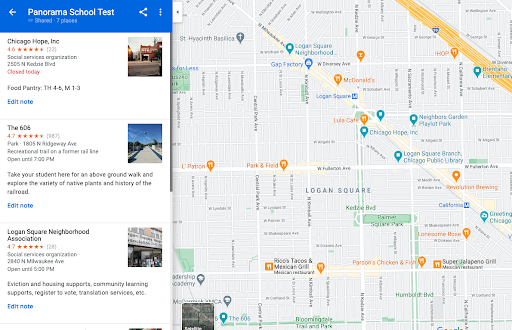
Use Google Maps to facilitate a unique learning experience in which students and teachers work together to chart resources throughout the local community (from libraries, to food banks, to public gardens) on a virtual map.
Download our educator guide for creating a Virtual Community Supports map
Resource #5: Virtual Check-In Tool for Staff
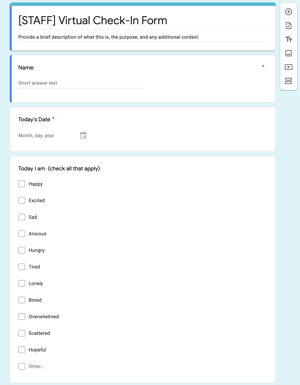
Maximizing student engagement in online learning should not occur in silos. Educators also need to be supported—both in terms of their own well-being, as well as in their online education efforts.
To understand how staff are feeling and to respond with the right supports, district and school leaders can create reliable, asynchronous systems to check-in with staff and follow-up on educator responses.
Consider sharing a Google Form with staff that includes space for them to label their emotions, describe how they are functioning in the online environment, and identify whom they may need assistance from.


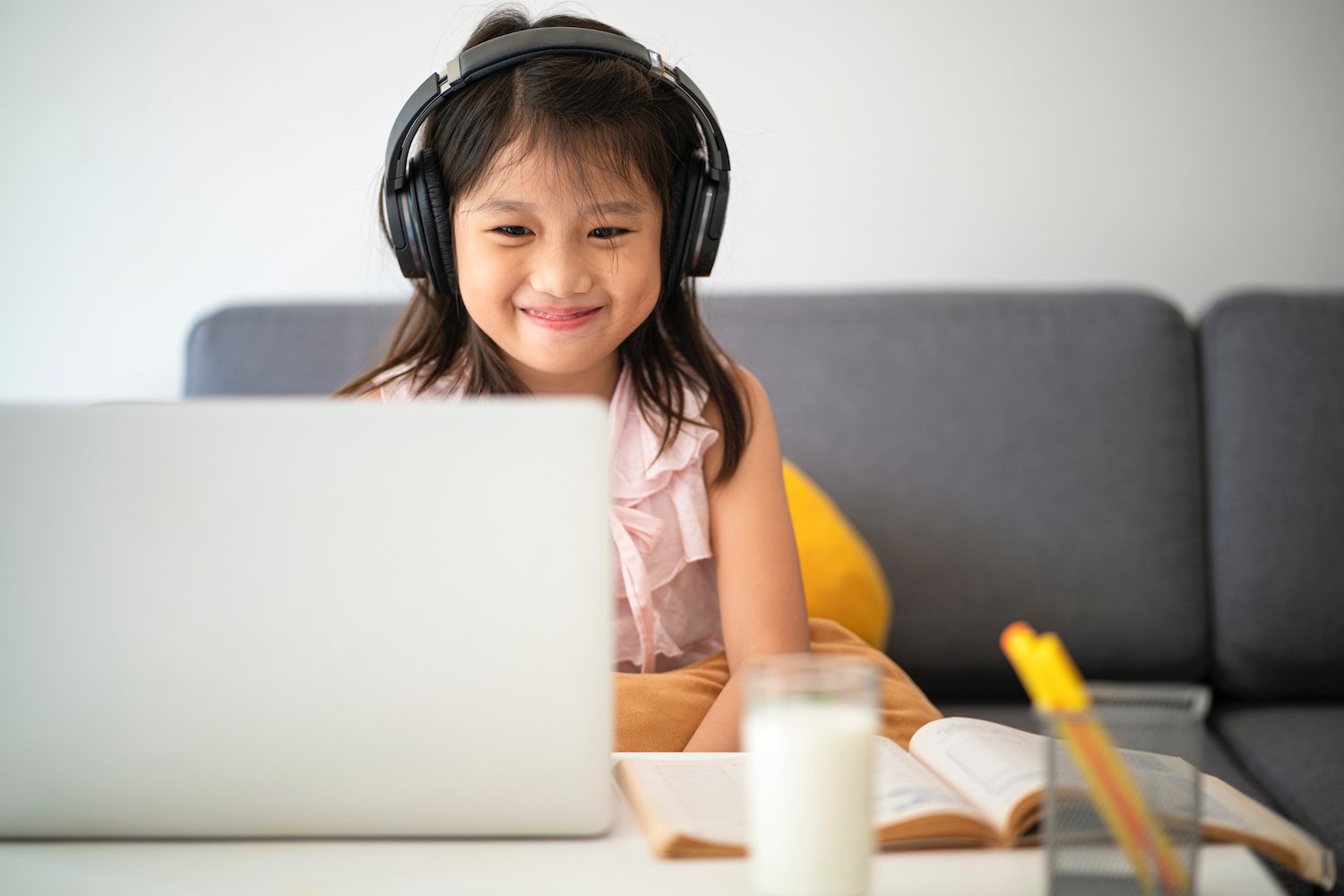
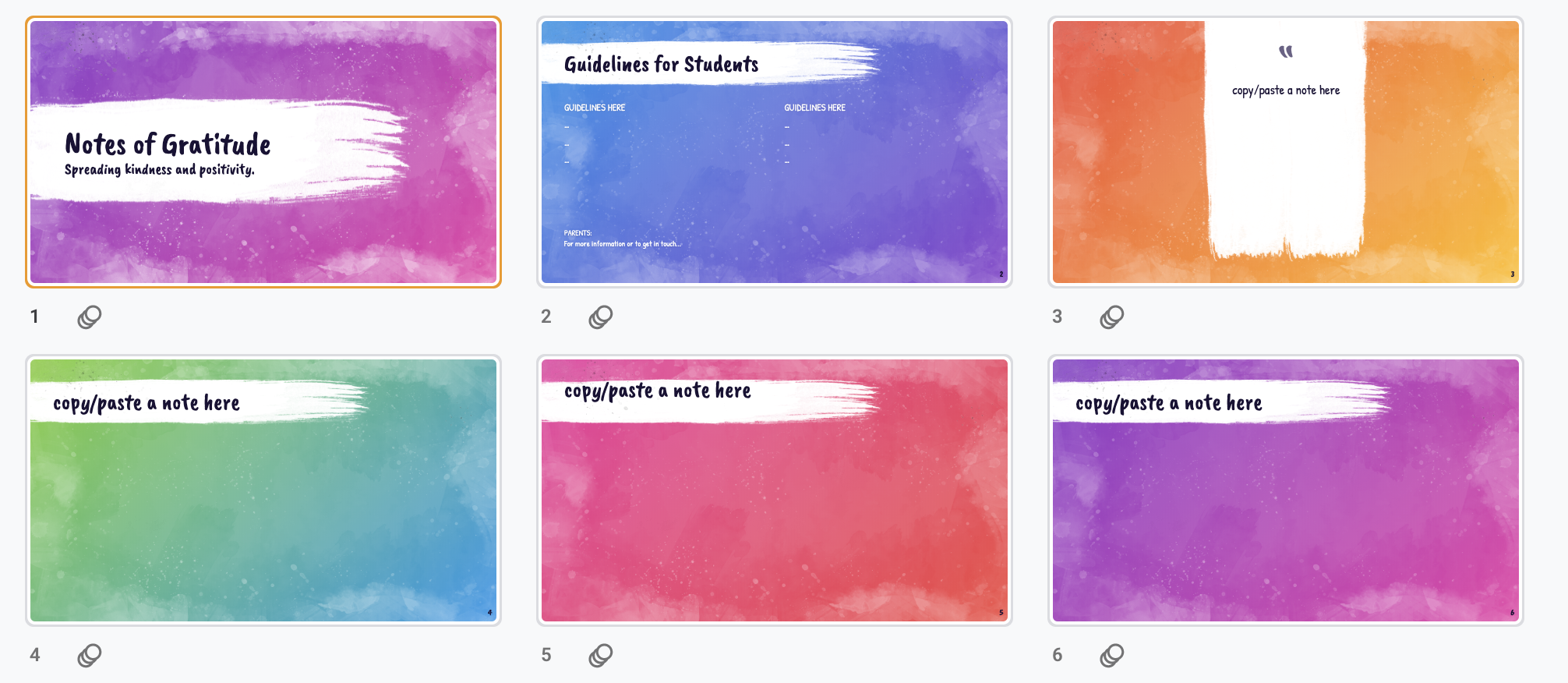
![101 Inclusive Get-to-Know-You Questions for Students [+ PDF Download]](https://www.panoramaed.com/hubfs/get-to-know-you-questions-for-students.jpeg)
